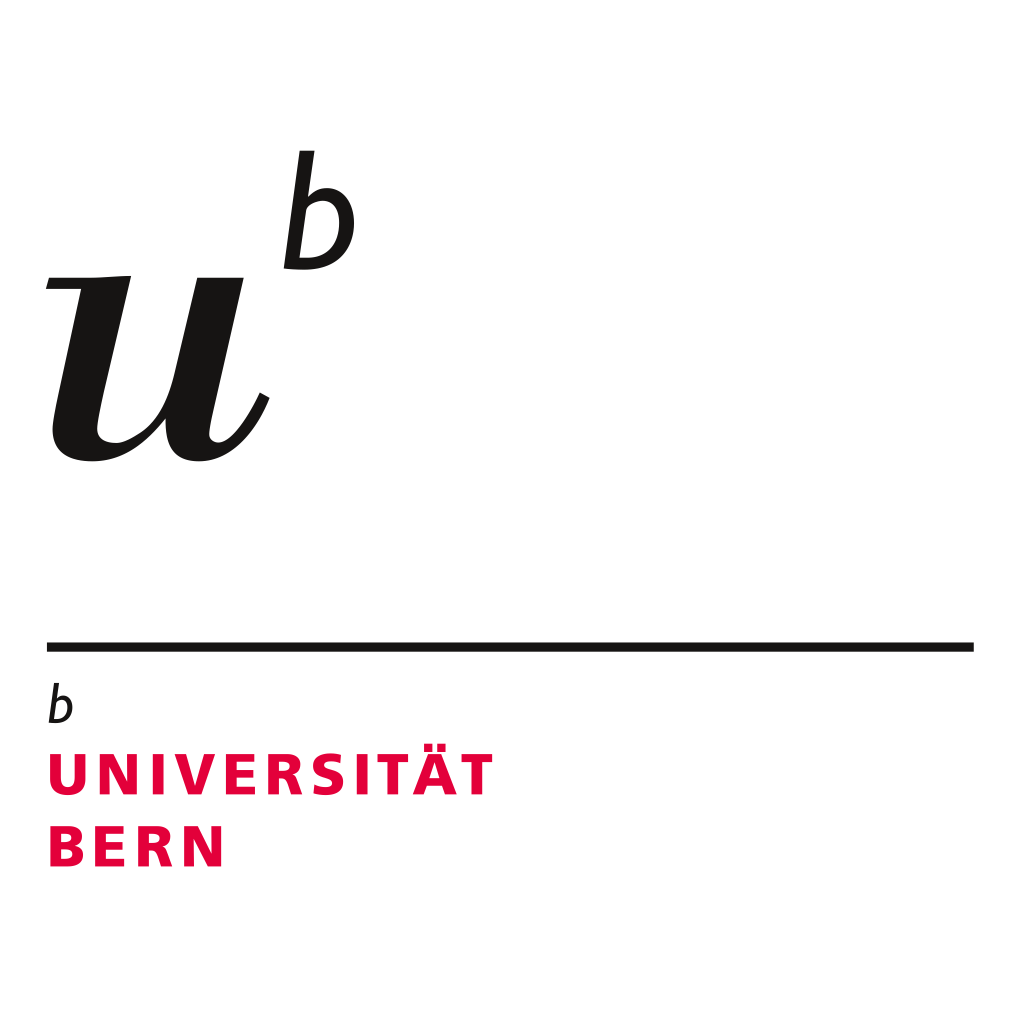As modern societies age, the increasing number of fractures poses a challenge for health care systems worldwide. Hip fractures are especially deleterious, as they are associated with an increased mortality. Within a collaboration between Empa, University of Bern, and University Hospital Bern, we will translate recent advances in microscale characterization techniques into clinical practice to improve current diagnostic tools with patient-specific information on bone composition, micromechanics, and proteotype. The final goal is to achieve higher accuracy in bone strength and fracture risk prediction of individual patients.


